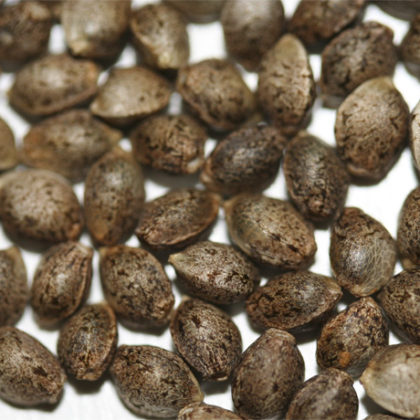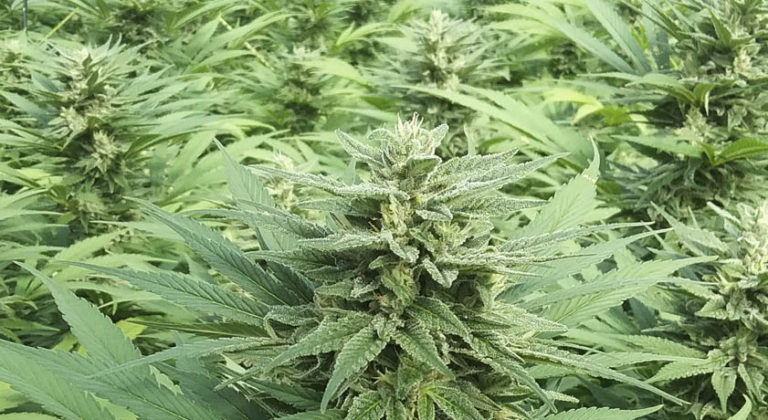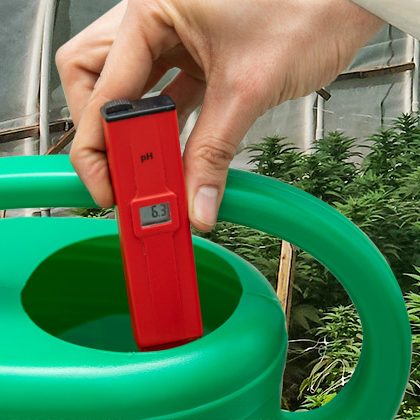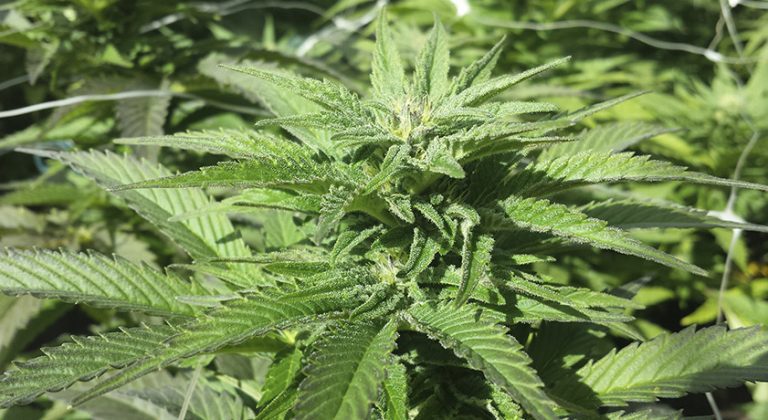
Germinating Cannabis Seeds – Different Methods
Cannabis seeds (or marijuana) germinate when they’re in the right conditions for successful growth. In nature, this process occurs on its own around springtime; moist soil begins to heat up with the increased sunlight and the inclination of the earth. We're going to give a quick overview of the different methods used when it comes to germinating cannabis seeds.
Under these conditions, seeds germinate in soil protected from direct light and in an airy substrate. Once they’ve germinated they will begin to take root in the soil.
In this post we’re going to explain the most common methods used to germinate cannabis seeds, replicating the favourable conditions that can be found in nature. You’ll need to keep the following parameters in mind:
Humidity: alongside heat, this activates seeds and softens the protective shell. Once the seed has germinated, it will need moisture to survive. Darkness: roots are incredibly light-sensitive, so they’ll need to be in the dark in order to guarantee germination. Heat: alongside humidity, heat activates seeds and indicates that the conditions are right to begin growing. It’s important to maintain temperatures between 20 and 26°C during the germination process. Oxygen: it’s important to periodically open the container in which you’re germinating your seeds in order to renew airflow and give your plants’ seeds more oxygen. How to Germinate Cannabis Seeds





